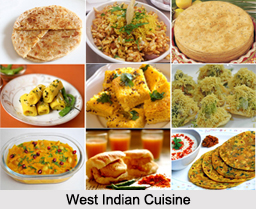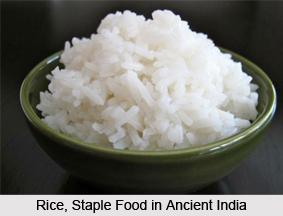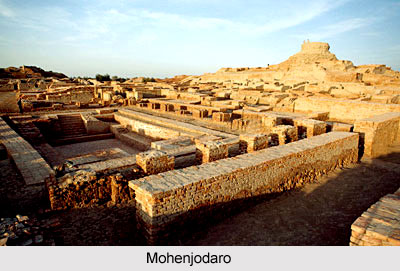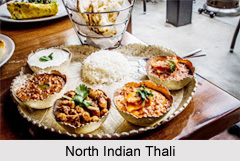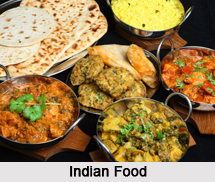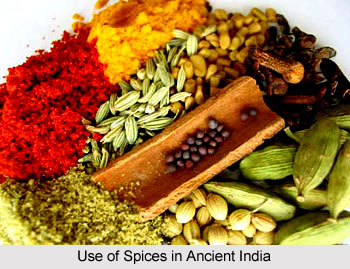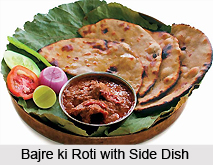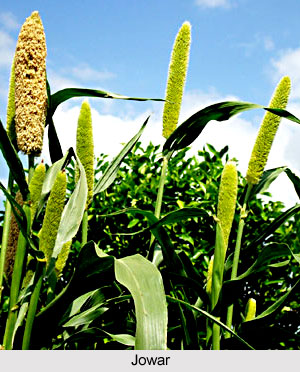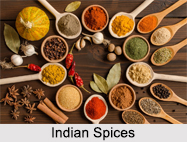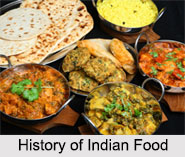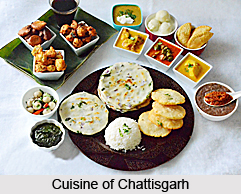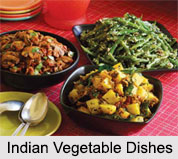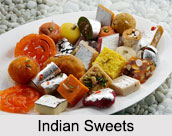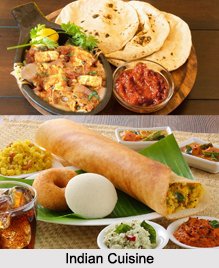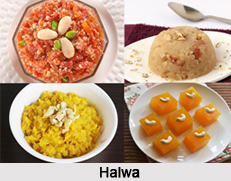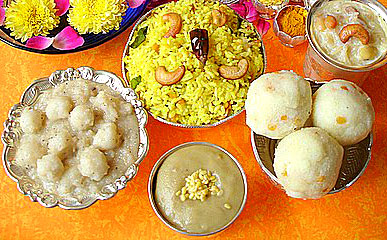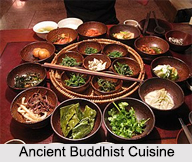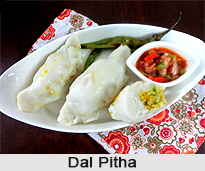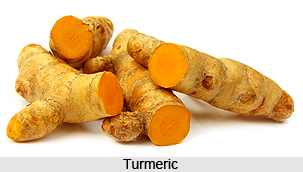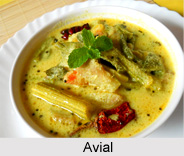 Avial is a dish which is believed to have been originated from the Indian state of Kerala and which is common in Kerala as well as Tamil cuisine and Udupi cuisine. It is a thick mixture of vegetables, curd, coconut and seasoned with coconut oil and curry leaves. Avial is considered an essential part of the Sadya, the Keralite vegetarian feast. It is generally eaten with rice.
Avial is a dish which is believed to have been originated from the Indian state of Kerala and which is common in Kerala as well as Tamil cuisine and Udupi cuisine. It is a thick mixture of vegetables, curd, coconut and seasoned with coconut oil and curry leaves. Avial is considered an essential part of the Sadya, the Keralite vegetarian feast. It is generally eaten with rice.
Avial has many variations like `Raw Cashew Avial`, `Tomato Avial`, and the more popular mixed vegetable Avial. This mixed vegetable Avial comes in both dry and stew form. The dry form is made with raw mangoes for the sour taste, whereas the stew form is prepared with beaten curd.
Mythological Significance of Avial
It is supposed to have been invented by Bhima during their exile. According to the legend, when Bhima assumed his duties as the cook in the kitchen of King Virata, he did not know how to cook. One of the first things he did was to chop up many different vegetables, boil them together and top the dish with grated coconut. There are mythological variations.
Ingredients:
•Pumpkin - 1 cup chopped
•Yam - 1 cup chopped
•Colocasia - 1 cup chopped
•Plantain - 1 cup chopped
•Ash Gourd - 1/2 cup chopped
•Gherkins - 1/2 cup chopped
•Snake Beans - 1/2 cup chopped
•Cluster Beans - 1/2 cup chopped
•Curry leaves - 8 to 10
•Coconut - 1 cup grated
•Green Chillies - 2
•Cumin seeds -1 tsp
•Coconut oil - 3 tbsp
•Mustard seeds -1 tsp
•Dry Red Chillies - 2
•Curd - 1 cup beaten
•Turmeric powder - 1 tsp
•Water - 3 cups
•Salt to taste
Method:
1. Cook the vegetables and curry leaves in water in a covered pan. Also add salt to the water.
2. Grind the coconut, green chillies and cumin with little water to a coarse paste.
3. When the vegetables are half cooked, add turmeric powder and mix the mixture well.
4. After a minute, add the ground coconut paste. Mix well.
5. Simmer the vegetables till they are fully cooked.
6. Once they are fully cooked, add the beaten curd. Stir and simmer for a minute.
7. In another pan, heat coconut oil. Add the mustard seeds and broken red chillies
8. Let them and sizzle. When the crackling sound is over, pour the tempering into the Avial.
9. Cover with a lid for 5 minutes and then stir.
10. Serve the Avial with rice and sambar.
Notes:
•Cut the vegetables lengthwise and not too small as it will get mashed up easily.
•The key to a perfect Avial is to cook each vegetable perfectly.
•Also grind the coconut mixture coarse and not too smooth.
•Adding coconut oil enhances the flavour and gives it the traditional Kerala Avial taste. So do not skip it.
